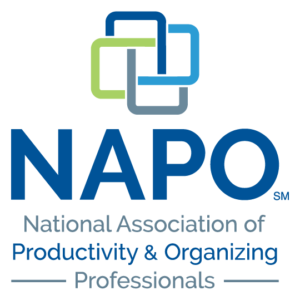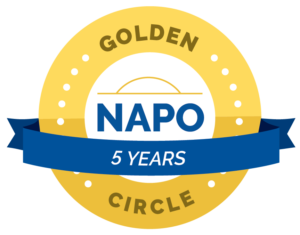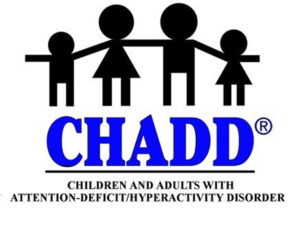 “Rest and self-care are so important. When you take time to replenish your spirit, it allows you to serve others from the overflow. You cannot serve from an empty vessel.” — Eleanor Brownn
“Rest and self-care are so important. When you take time to replenish your spirit, it allows you to serve others from the overflow. You cannot serve from an empty vessel.” — Eleanor Brownn
My husband and I just returned from a week’s vacation. Not only was it lovely to go from 40-degree weather in the Seattle area to 80-degree weather in a tropical climate, it was nice to leave behind the worries of work, pet care, and our leaky garage roof. All things I couldn’t manage from hundreds of miles away.
Settling into the new routine, or more appropriately no routine, allowed me some much-needed me time.
I spent my me time focusing on my life balance. Spending time just hangin’ with my husband was magical. We played a couple rounds of golf. We took a walk together. I read two books. I went to the gym. I meditated outside (easier to do in 80 degrees than 40 degrees). And, we spent a lot of time just lounging by the pool, basically doing nothing.
I asked a few of my friends what me time looked like to them and here is what I heard:
- Getting up a few minutes before the rest of the household and just enjoying the quiet.
- Reading.
- Taking a walk by themselves.
- Meditation (this is a big one for me too).
- Exercising
- Trying out a new restaurant with friends.
- Getting a manicure/pedicure.
- Joining a book club.
- Turning off the electronic devices.
- Calling a friend.
Why worry about me time? WebMD has some thoughts on this. Although this article is biased toward women, I think men have the same challenges.
“There’s a tremendous amount of stress and pressure put on women: being parents, being daughters, mothers, wives, professionals. All of these roles combined leave many of us not taking adequate care of ourselves — which is what sustains us and gives us the energy to take care of all these other responsibilities that we have,” says Randy Kamen Gredinger, a Wayland, MA, psychologist and life coach specializing in women’s issues.”
Whatever your thoughts about me time are, experts agree it is important to schedule it. I know with my clients, if it’s not on the schedule, it just doesn’t happen, even with the best of intentions.
So, here’s my challenge to you:
Look at your calendar and set aside at least ten minutes of me time every day.
How will you spend your me time?
Cindy Jobs, COC, ACC
Looking for more information?
Click here for 15-minute organizing tips.
National Association of Productivity & Organizing Professionals, Seattle Chapter Vice-President
Professional Resource Member
Institute for Challenging Disorganization
Level I Certificates earned in Chronic Disorganization; ADD; Client Administration; Time Management; Mental Health; and Hoarding.
Level II Specialist Certificates earned in Chronic Disorganization and ADHD.










